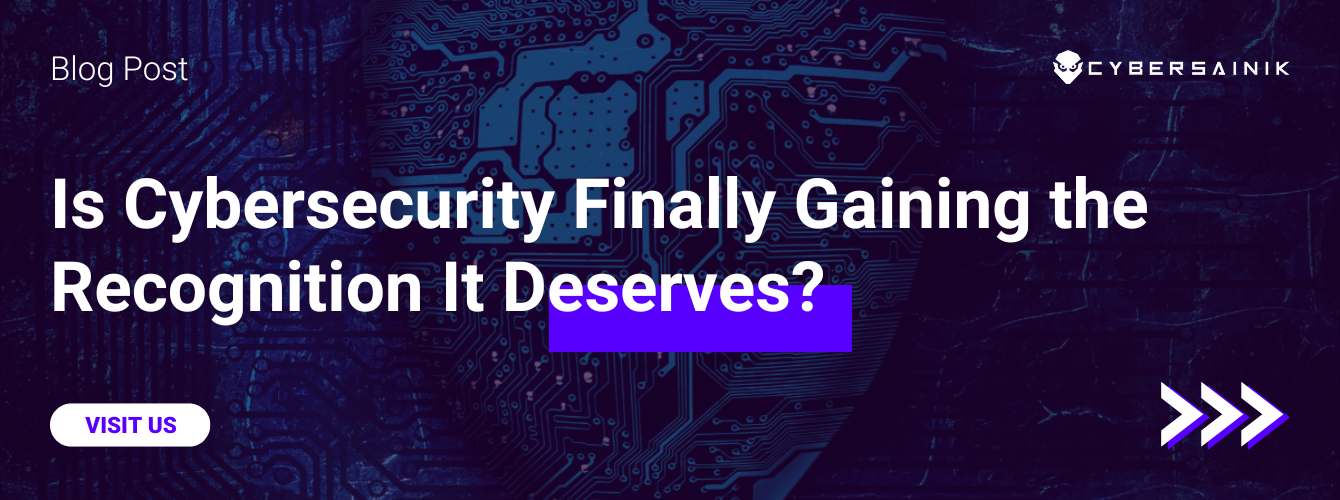The cybersecurity landscape is constantly evolving, with threats becoming more sophisticated and pervasive. In response to this, the U.S. Securities and Exchange Commission (SEC) has introduced new cybersecurity rules set to take effect on December 15, 2023. These rules primarily target publicly listed companies but have implications for all organizations, including private and smaller companies. One key aspect of these rules that every organization needs to understand is “materiality.”
Understanding Materiality
Materiality, in the context of the new SEC cybersecurity rules, refers to the significance of a cybersecurity incident or breach concerning a company’s financial condition and operations. The rules require issuers to disclose material cybersecurity incidents promptly. But what makes a cybersecurity incident “material”?
Determining Materiality
The determination of materiality, as stated in the new rules, is similar to the materiality standard for other disclosures under U.S. securities laws. In essence, an incident is considered material if there is a substantial likelihood that it would significantly alter the total mix of information available to reasonable investors.
Factors to Consider
To assess the materiality of a cybersecurity incident, companies should consider several key factors:
- Financial Impact: Companies must evaluate how the incident affects their financial condition and operations. This includes assessing the costs of remediation, potential legal liabilities, and any loss of revenue or customer trust.
- Scope and Nature of the Incident: The extent and nature of the breach matter. A massive data breach with sensitive customer information may be more material than a minor incident with no significant data exposure.
- Reputation and Customer Trust: Materiality should also consider the impact on the company’s reputation and customer trust. A breach that damages the company’s image may be material even if the financial impact is initially low
- Regulatory and Legal Implications: Companies need to factor in potential regulatory fines and legal actions resulting from the incident.
- Operational Disruption: Any disruption to normal business operations due to the incident should be assessed. If it significantly affects the company’s ability to function, it’s likely material.
Challenges and Criticisms
- One challenge in applying these rules is the tight timeframe for disclosure.
- Companies are required to file disclosures within four business days after determining that a cybersecurity incident is material.
- Critics argue that this may not be sufficient time to fully understand the breach’s scope and impact, leading to potential inaccuracies in reporting.
- Moreover, there is ambiguity around the definition of material incidents, making it challenging for companies to determine what should be disclosed promptly.
Materiality Beyond Public Companies
While the SEC rules primarily target public companies, the interconnected nature of business today means that cybersecurity incidents can have a ripple effect. Third-party vendors, whether public or not, should also be aware of these regulations because an attack on any point in the supply chain can have material consequences for larger organizations.
In the era of increasing cyber threats, the SEC’s new cybersecurity rules emphasize the importance of materiality in incident reporting. Companies must carefully evaluate the impact of cybersecurity incidents on their financial condition, operations, reputation, and compliance obligations.
While the rules primarily affect public companies, all organizations should familiarize themselves with these regulations and implement robust cybersecurity practices to safeguard against material breaches and ensure timely and accurate disclosures when necessary. Materiality is a critical concept that can profoundly influence an organization’s response to cybersecurity incidents, and its understanding is vital in complying with the new SEC rules.
Is your company Ready to navigate the complex landscape of cybersecurity in compliance with the new SEC rules? Don’t wait until it’s too late – secure your future now. Click here to explore Cyber Sainiks cybersecurity resources.




